Nobel Prize in Physics brings focus on harnessing protons; India too making strides
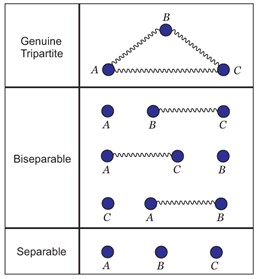
By Our Special Correspondent
New Delhi, October 7: The Nobel Prize in physics this year has gone jointly to John Clauser, Alain Aspect and Anton Zeilinger for their experiments with entangled photons, and establishment of pioneering quantum information science.
Indian scientists are also exploring connections between the laws of thermodynamics and Quantum Information Theory (QIT), which can help facilitate harnessing quantum entanglement for futuristic energy storage technology.
The scientists all across the world are busy in experiments in finding ways to gain freedom from fossil fuels, and the key question before them to answer is how to store energy, which can significantly enhance the scope for renewable sources of energy.
Dr. Manik Banik, a scientist with SN Bose National Centre for Basic Sciences, an autonomous research institute under Department of Science and Technology, along with his colleagues Dr. Mir Alimuddin (a Chanakya Post-Doctoral Fellow) and Samgeeth Puliyil (a BSMS project student from IISER TVM) have turned their attention to genuine multipartite entangled systems which have more drastic manifestations.
“The scientists have theorised a concept called ‘ergotropy’ that represents the amount of extractable work from a system by keeping its entropy (measure of randomness of a system) constant. The idea if harnessed can open pathways for putting quantum batteries to use in a way that is much efficient than its classical counterpart,” said the Ministry of Science and Technology in an official statement.
The Indian scientists have proposed thermodynamic quantities that capture a signature in multipartite quantum systems called ‘genuine multipartite entanglement where several particles behave like a single unit even when they are separated.
According to thermodynamics, thermal equilibrium states are completely passive states as no work can be extracted from such a state even if many copies are available. But the situation becomes more intriguing when the states are entangled.
“Local thermality or local passivity of such states does not always imply that the global state is thermal or passive, and hence useful form of energy can be extracted under global operations. From a composite quantum system ergotropic work, therefore, can be extracted by different means,” added the Ministry, while giving the scope of works being done in the country.
One can probe the individual parts locally to get useful energy which can further be stored in a battery for later uses, said the Ministry, adding that probing can also be done on the whole composite system, resulting in extraction of more work. “The difference between work extraction from individual parts and work extraction from the composite system is called ergotropic gap,” added the Ministry.
Ergotropic gap can be enhanced if the parts of a composite quantum system are prepared in an entangled state. “This in turn provides an experimentally efficient method to detect entanglement which has established useful resource for several protocols, such as, quantum teleportation, quantum super dense coding, and secure quantum key distribution whose implications deeply impacted physics and computer science,” stated the Ministry.
The scientists in their letter “Thermodynamic signatures of genuinely multipartite entanglement” published in ‘Physical Review Letters’ have highlighted that genuinely entangled states that are again of different types can be detected with the help of ergotropic gap.
“Suitably defined functions of ergotropic gap — minimum ergotropic gap, average ergotropic gap, ergotropic fill, and ergotropic volume — can serve as good measures of entanglement in multipartite systems. Importantly, their proposed entanglement quantifiers are defined in terms of energy instead of entropy, which in turn makes it possible to measure these quantities in laboratory,” added the Ministry, while quoting from the letter.

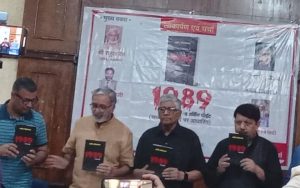
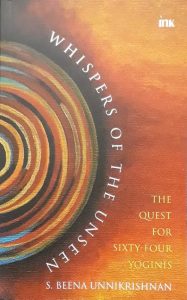


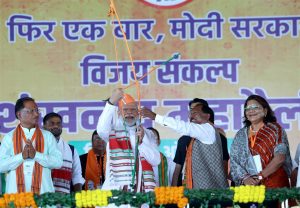
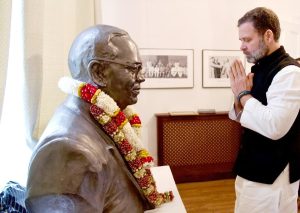

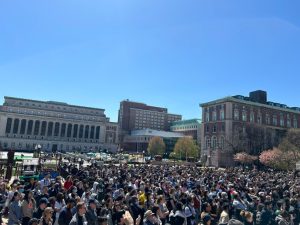
Science has come a long way. Astonishing and intriguing discoveries everyday.